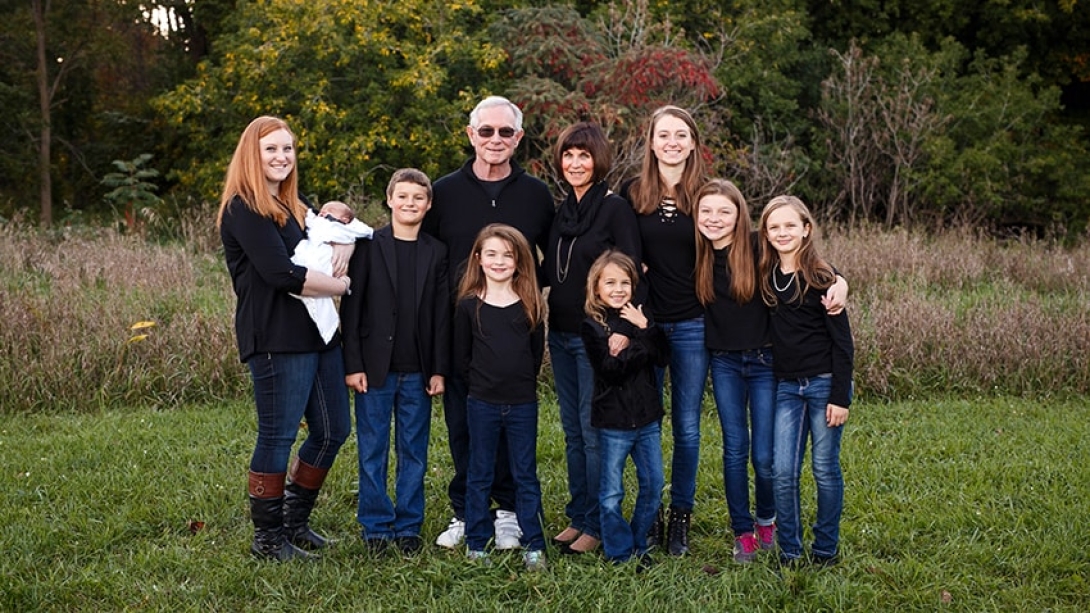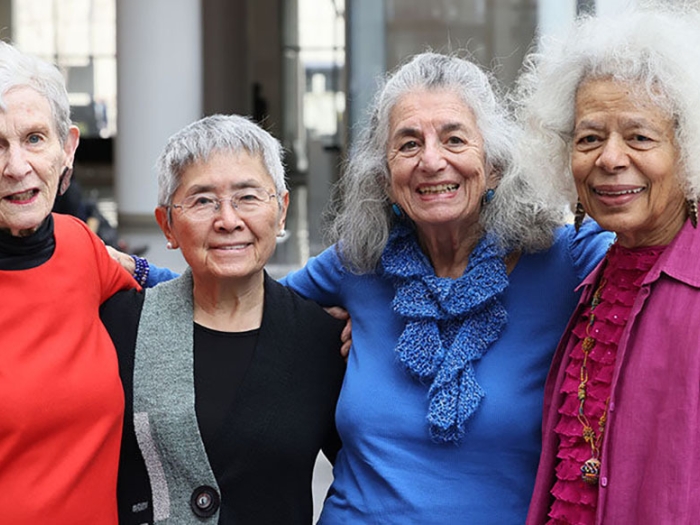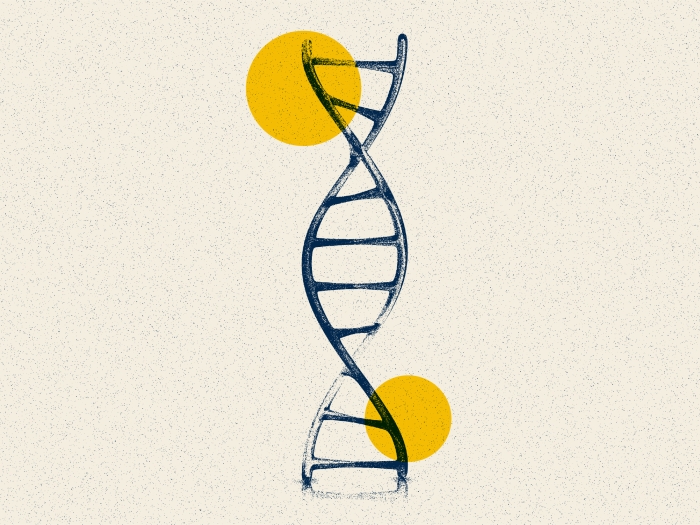Merrill Harvitt suffered an extensive neurovascular bleed that in most cases would be deadly. But teamwork led to a remarkable recovery — and more time with his beloved family.
1:00 PM
Author |
The stars seem to be aligned for Merrill and Sandra Harvitt. After all, they've been together since 7th grade, have been blessed with four children and eight grandchildren, and will celebrate their 50th anniversary in August.
MORE FROM MICHIGAN: Sign up for our weekly newsletter
But there's more to the couple's good fortune, which became evident on June 9, 2015. That's the day Merrill, then 71, suffered a brain aneurysm that might have killed him if it weren't for good timing and smart decisions.
The grim diagnosis
Merrill had just returned from a fishing trip in a remote area of Canada to his home in Traverse City, Michigan, when a debilitating headache landed him in the Munson Healthcare emergency room. The shocking cause was a neurovascular bleed, or brain aneurysm.
"The doctors pretty much told us Merrill might not make it," says Sandra. The couple volunteers in the hospital emergency room, so are familiar with the environment. "They let us go down to room 15 where they take family members when they think a patient isn't going to make it."
Munson Healthcare on-call neurosurgeon Thomas Schermerhorn, M.D., describes Merrill's critical condition: "There was a massive amount of bleeding in two areas: in the frontal lobe of the brain and in the subdural space on the outside portion between the surface of the brain and the skull. Both of these were causing increased pressure within the confines of the skull and shifting his brain from one side to the other."
Despite the grim outlook, Schermerhorn wasn't giving up.
"Dr. Schermerhorn told us about his association with the University of Michigan," Sandra recalls. He wanted to contact the experts there to discuss Merrill's condition.
After consultation with Michigan Medicine neurosurgeon Aditya Pandey, M.D., Schermerhorn was able to relieve the pressure from Merrill's head by removing part of his scull and implanting it in his abdomen to keep the tissue viable. Then, the patient was airlifted via Survival Flight to U-M for advanced treatment.
A team approach
Once Merrill arrived and was admitted to the U-M neurosurgical ICU, Pandey immediately assembled his team to begin further evaluation.
SEE ALSO: Observe or Operate? When an Enlarged Aorta Requires Action
"We needed to do further assessments to understand why he had the bleed in the first place because any repeat bleeding would be deadly," says Pandey.
The team identified a rare type of aneurysm or vascular abnormality known as a dural arteriovenous fistula, which according to Pandey, "is extremely uncommon and can be deadly."
During surgery, the U-M team determined the abnormality was complicated because of its location on the major artery going to Merrill's eye. "We didn't want to risk his vision," says Pandey, who stopped the surgery to explore a revised treatment plan. A week later, the team performed an open surgery to successfully excise the abnormal segment, with no danger of harming the patient's eyesight.
"In fact," says Sandra, "Merrill's eye doctor told us he had absolutely no change in his eyesight after the surgery."
Despite tremendous head pain in the weeks following surgery, Merrill began rehab and progressed quickly. Because of his love of fishing, one of Merrill's rehab exercises involved a fishing rod and reel. "They wanted to see if I could still cast. I was able to do it with no problem," the avid fisherman says.

Key collaboration
The relationship between Munson Healthcare and Michigan Medicine proved to be lifesaving for Merrill.
"Collaborations like this are extensively important," says Schermerhorn. "The collaboration with Dr. Pandey ultimately led to a more refined, more direct treatment."
According to Pandey, "Merrill has made a remarkable recovery. When I see him in clinic visits, as well as when Dr. Schermerhorn sees him in clinic visits, we're unable to tell a difference between his prior functionality as well as now."
The couple looks forward to celebrating their anniversary in August with an Alaskan cruise. And, later that month, Merrill plans to take another fishing trip, but this time, "not in such a remote location," he says.
"We're just so thankful to Dr. Schermerhorn, Dr. Pandey and everyone else involved for giving us more time together," says Sandra.
Her junior high school crush Merrill concurs wholeheartedly.

Explore a variety of healthcare news & stories by visiting the Health Lab home page for more articles.

Department of Communication at Michigan Medicine
Want top health & research news weekly? Sign up for Health Lab’s newsletters today!





